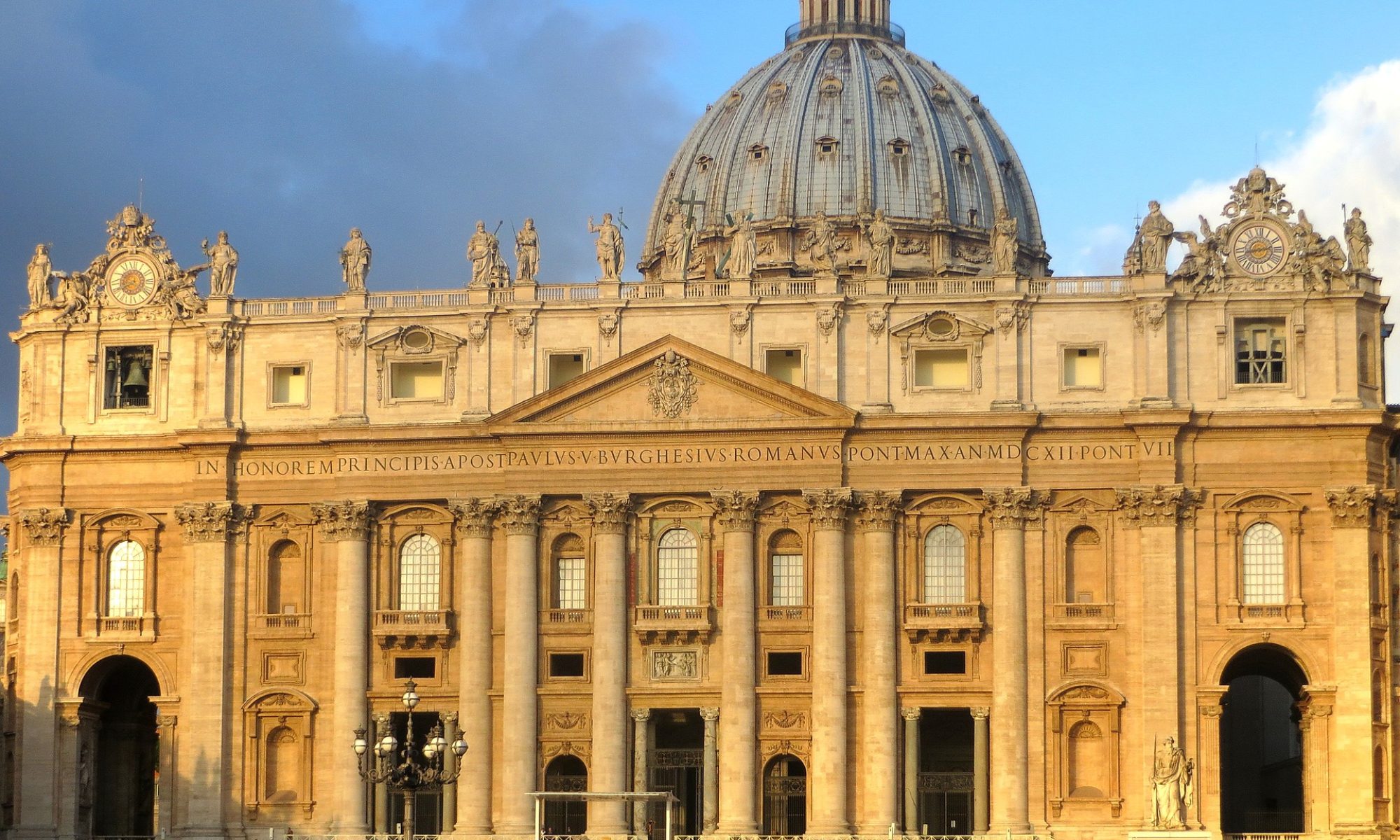October 24th, 2014
The Roman Catholic Church has another beatus, or blessed one, whom the Church recognizes as having the capacity to intercede on behalf of individuals who pray in his or her name. On October 19th Pope Francis beatified Giovanni Battista Montini (1897-1978) who became Paul VI (1963-1978). A reserved and sophisticated intellectual, well versed in modern French literature and theology, Montini became Pope during the Second Vatican Council and was given the difficult task of concluding the Council and handling the turbulent years that followed. Paul VI had to wrestle with the “spirit” of the Council that for many inside and outside the Church meant an adaptation to the radical changes that Western society was going through during the Sixties. Not a natural leader, Montini embodied the drama of a Church that had just reached out to the world with its optimistic words of appreciation but had to also retreat to more cautious attitudes.
The Timing of the Beatification
Paul VI’s beatification comes at the end of a Synod that discussed the possibility of a re-positioning of the Catholic Church on matters concerning the family. This gathering of bishops openly debated the re-admission of divorced people to the Eucharist as well as a more positive approach towards new forms of family, e.g. civil unions and homosexual relationships. No final decision was made, but the fact that certain changes were envisaged and even advocated for by some progressive voices made traditional hardliners fear that a significant paradigm shift is about to occur. Pope Francis called the Synod and appeared to welcome these changes, always insisting that the Church needs to be open-minded. At the same time, though, he did not want to give the impression of entirely siding with those who want to re-discuss the Catholic moral assessment of different human relationships.
At this point the beatification of Paul VI comes to the fore. In Catholic circles Paul VI is always portrayed as the Pope who with his 1968 Encyclical Humanae Vitae opposed contraceptive methods and sticked to traditional Catholic morality in the midst of the “sexual revolution”. It is feasible that Francis knew that the Synod could have broken new ground in the Catholic understanding of the family and that conservatives would have been upset by these changes. Yet he wanted Paul VI to be beatified at the end of the Synod to send the message that, on the one hand the Catholic Church can update its vision and, on the other, honor its traditions. It is both a living and a traditional reality. Therefore the timing of the beatification demonstrates the cleverness of an institution that is traditional without becoming traditionalist or, to put it differently, that changes without losing its heritage. The beatification was a reassuring message to that section of the Catholic constituency that felt puzzled and perplexed with the outcome of the Synod.
The Lausanne Covenant and Evangelii Nuntiandi
Paul VI should also be remembered for an interesting parallel to what was happening in the Evangelical Movement during his pontificate. In 1974, as a result of the Congress on World Evangelization convened by Billy Graham and shaped by John Stott, the Lausanne Covenant called the church to be engaged in evangelizing the world with the biblical gospel. Up to that point the word “evangelization” and the vocabulary associated with it had been treated with suspicion in Roman Catholic circles due to its “protestant” usage and overtones. Mission and catechesis were more traditional and were the preferred terms for a long time.
It is only after Vatican II that the language of evangelization began to be used. It was actually Paul VI with his 1975 Apostolic Exhortation Evangelii Nuntiandi that helped the Catholic Church to accept and use the word “evangelization” giving it a Catholic connotation. It is interesting that it was after Lausanne that the Catholic Church understood the importance of the term for its mission. While resisting the relaxation of Catholic morality, Paul VI caught the need for the Church to explore the significance of evangelization. Now Pope Francis speaks more about “mission” than “evangelization” and wants the Church to be “an open house” for all human beings, leaving aside the concerns that completely wore out Paul VI.
